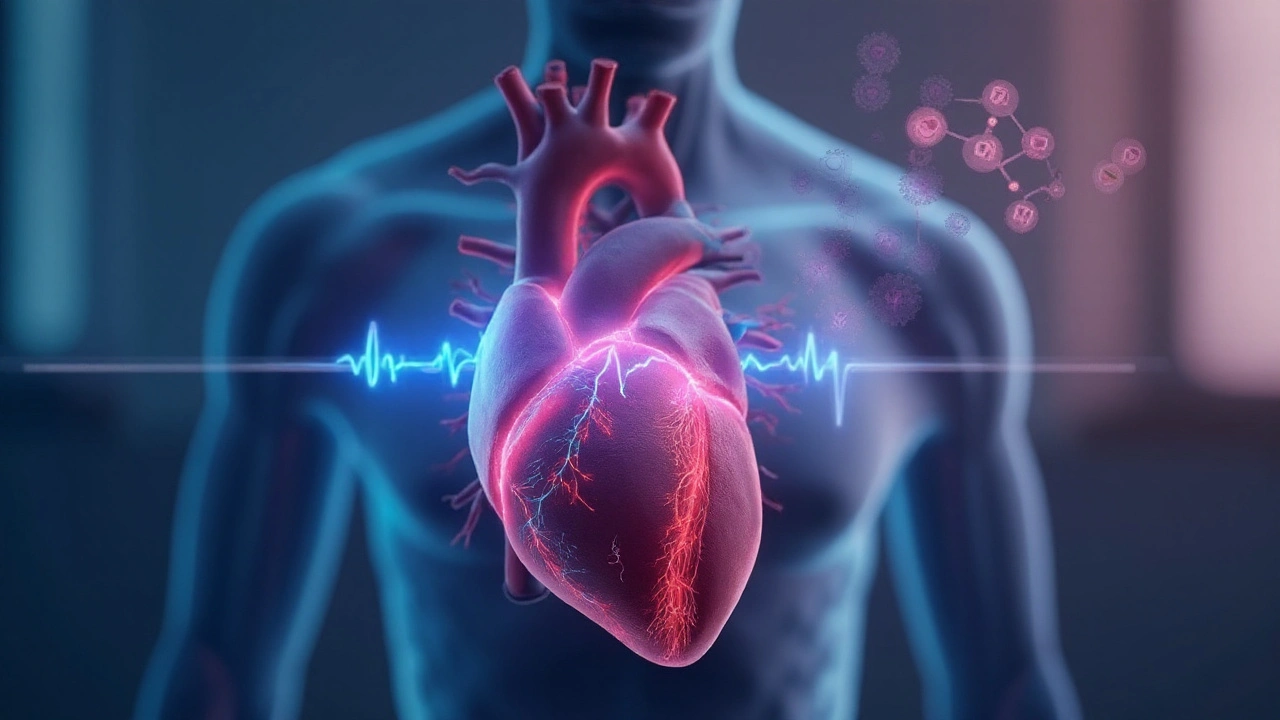Cardiac Arrhythmia Drugs: Types, Uses, and What Works Best
When your heart skips, races, or flutters out of rhythm, it’s not just annoying—it can be dangerous. That’s where cardiac arrhythmia drugs, medications designed to restore or stabilize normal heart rhythm. Also known as antiarrhythmic medications, they work by targeting the electrical signals that control your heartbeat. These aren’t just one-size-fits-all pills. Different drugs act on different parts of the heart’s electrical system—some slow down signals, others block extra ones, and a few reset the timing altogether.
There are four main classes of antiarrhythmic medications, drugs grouped by how they affect heart cell ion channels. Class I drugs, like flecainide and lidocaine, block sodium channels to slow conduction. Class II, such as metoprolol, are beta-blockers that reduce adrenaline’s effect. Class III, including amiodarone and sotalol, delay repolarization by blocking potassium channels—this one’s common but carries a risk of QT prolongation, a dangerous lengthening of the heart’s electrical cycle that can trigger life-threatening rhythms. And Class IV, like verapamil, block calcium channels to slow the AV node. Each has trade-offs: effectiveness, side effects, and how well they fit your specific arrhythmia type.
Not everyone with an irregular heartbeat needs these drugs. Some cases improve with lifestyle changes or simple procedures. But when meds are needed, doctors pick based on the arrhythmia type—like atrial fibrillation, ventricular tachycardia, or premature beats—and your overall health. If you have heart failure, kidney issues, or a history of heart attacks, certain drugs are off-limits. And yes, some can make arrhythmias worse instead of better. That’s why monitoring is key, especially when starting or changing doses.
What you’ll find in the posts below isn’t a textbook list of drug names. It’s real-world comparisons: how Hyzaar and other blood pressure meds sometimes overlap with rhythm control, why anticholinergics might mess with your heart rate, and what alternatives exist when a drug causes too many side effects. You’ll see how potassium levels, common in fluid retention discussions, tie into heart rhythm stability. And you’ll get clear, no-fluff info on what actually works, what to watch out for, and how to talk to your doctor about the best option for you.

